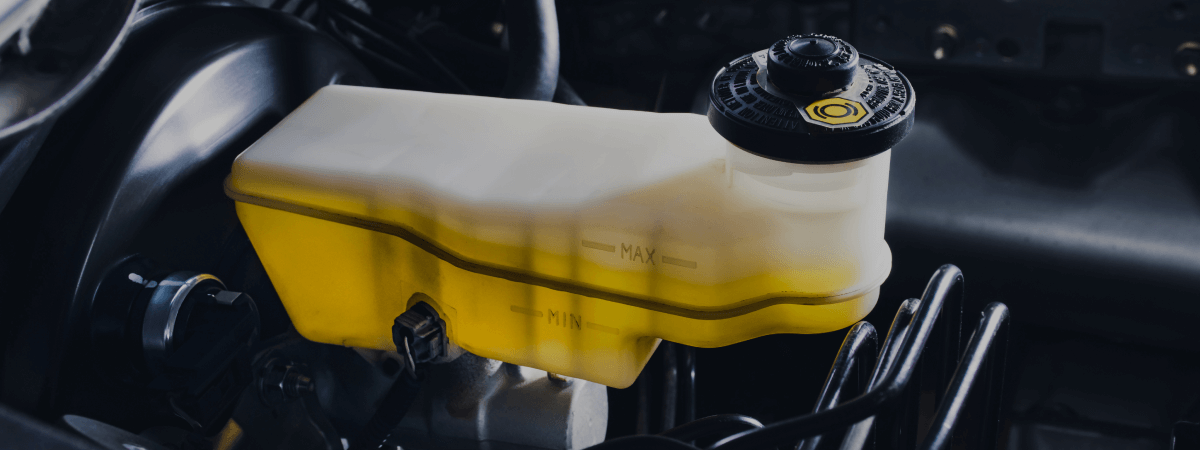Certain cars are more suitable for automatic transmissions, and others work really well with manual transmissions. Mini vans, SUVs, and full-size sedans are examples of vehicles that are usually fitted with automatic transmissions. However, cars, especially sport cars, are suited really well for manual transmissions.
Why is this? How do manual transmissions work? What makes them suitable for some cars and not for others?
In the past manual transmissions were the only types of transmissions available. It wasn’t until the later years of the 1930s that an automatic transmission was even offered. Up until that point all cars needed to be shifted manually.
Manual systems have changed through out history. Where cars use to only have four-speed manuals we now have six-speed. The type of manual speed available depends entirely on the type of car used and the year.
When driving a manual, as opposed to an automatic transmission, a car needs manual help to make it work properly. That means you can’t just sit back and let the car take care of itself. If you accelerate or decelerate your speed you will need to also shift gears to accommodate this.
A manual transmission bolts to a clutch housing which bolts to the end of the engine. Sometimes the clutch housing is referred to as a bell housing. This allows a shifter handle to be the “wand” to change gears.
The main types of manual transmissions are the sliding-gear type or the constant-mesh type. Sliding-gear types of transmissions use a clutch pedal and shifter handle to slide gears when necessary. Constant mesh types mesh gears and apply engine power my meshing the gears along the mainshaft.
There are a lot of advantages to owning a manual transmission car. However, if you don’t want to take a trip to a Utah auto repair mechanic for work, be sure to treat automatics well. Shifting gears improperly and working too hard with your clutch or gear shifter can cause Utah auto repair to be necessary. Talk to your Utah auto repair mechanic today to see what you can do to better prepare yourself to take care of your manual car.
Related Posts
Key Takeaways On average, passenger vehicle tires last 40,000 to 60,000 miles, depending on type, driving habits, and maintenance. Replace tires when tread depth reaches 2/32”, if damaged, or older than 10 years. Regular rotation, alignment, and proper inflation extend tire life. Aggressive driving, poor roads, and harsh weather shorten tire lifespan. Take advantage [...]
When you think about car maintenance, you probably focus on oil changes, tire rotations, and maybe even brake pad replacement. But what about your brake fluid? If you’ve ever wondered, “What does brake fluid do?” or “Why is brake fluid important?”, you’re not alone. Brake fluid might not be the most talked-about part of [...]
Is that high-pitched squeal from your brakes driving you—and everyone else—crazy? Don’t ignore it. Squeaky brakes aren’t just annoying, they’re your car’s way of saying something needs attention. Whether you're cruising through Salt Lake City or winding up Idaho’s mountain passes, here’s what’s likely going on, how you can fix it, and when it [...]





